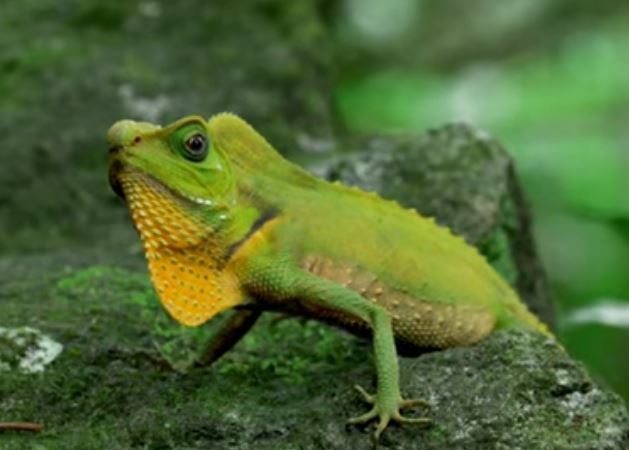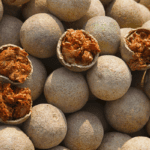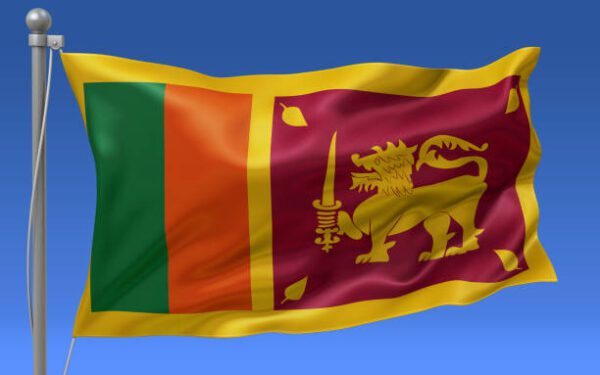Sri Lankan Kangaroo Lizard: A Unique Reptile of the Island’s Forests – By Bhanuka – eLanka

The Sri Lankan Kangaroo Lizard (Otocryptis wiegmanni) is one of the island’s most fascinating reptiles, known for its distinctive hopping movement that resembles that of a kangaroo. Native to the lowland rainforests of Sri Lanka, this agile and elusive lizard is an integral part of the island’s rich biodiversity. With its unique behavior, intriguing adaptations, and critical role in the ecosystem, the Sri Lankan Kangaroo Lizard stands out as a species worth exploring. This article delves into the characteristics, habitat, and importance of this extraordinary reptile.
Physical Characteristics
The Sri Lankan Kangaroo Lizard has several features that set it apart from other reptiles on the island:
- Size and Appearance:
The Kangaroo Lizard is relatively small, with adult males reaching around 8 to 10 cm in body length, excluding the tail. It has a slender body, long limbs, and an elongated tail that can grow to twice the length of its body. Its coloration typically ranges from light brown to dark olive, with mottled patterns that help it blend into the forest floor. - Hopping Behavior:
The most striking feature of the Kangaroo Lizard is its hopping ability, which it uses to escape predators. When startled or threatened, it raises its body on its hind legs and makes rapid, kangaroo-like leaps, often covering several feet in a single bound. This movement is a remarkable adaptation for survival in its natural habitat. - Camouflage and Speed:
The lizard’s coloration helps it stay hidden among the leaves and branches of the forest, while its speed and agility make it difficult for predators to catch. It often remains motionless for long periods, relying on its camouflage to avoid detection, but can burst into a series of quick hops when necessary.
Habitat and Distribution
The Sri Lankan Kangaroo Lizard is predominantly found in the lowland rainforests and wet zones of Sri Lanka, particularly in regions such as Sinharaja Forest Reserve and the surrounding areas. These forests, with their dense canopy, humid conditions, and leaf-littered floors, provide the ideal environment for the lizard’s survival.
- Preferred Habitat: The Kangaroo Lizard thrives in shaded, moist environments, often found in leaf litter, among fallen logs, or low shrubs in the forest understory. Its camouflage and leaping ability are perfectly suited to this habitat, allowing it to navigate and evade threats with ease.
- Endemic to Sri Lanka: This species is endemic to the island, meaning it is found nowhere else in the world, making it a significant part of Sri Lanka’s unique wildlife. The isolation of the island has led to the evolution of many species like the Kangaroo Lizard, which are specially adapted to the local ecosystem.
Behavior and Diet
The Sri Lankan Kangaroo Lizard is predominantly insectivorous, feeding on a variety of insects such as ants, termites, beetles, and small invertebrates. It forages actively during the day, using its keen eyesight to spot prey, which it captures using its quick, darting movements.
- Territorial Nature: Males are territorial and often display aggressive behavior towards other males to defend their area. They communicate through body posture, head-bobbing, and tail movements to assert dominance or attract females during the breeding season.
- Breeding and Reproduction: The breeding season typically occurs during the warmer months. Females lay a small clutch of eggs in the soil or leaf litter, and the hatchlings emerge after a few weeks. The young lizards are fully independent from birth and must rely on their camouflage and agility to survive.
Importance to the Ecosystem
As both predator and prey, the Kangaroo Lizard plays an important role in maintaining the balance of the forest ecosystem. By feeding on insects, it helps control the population of various insect species, while it also serves as prey for larger animals such as birds, snakes, and mammals.
- Ecosystem Balance: The lizard’s position in the food chain helps regulate the forest ecosystem, ensuring that insect populations do not grow unchecked. In turn, it supports the diet of larger predators, contributing to the health and diversity of the forest environment.
Conservation Status and Threats
The Sri Lankan Kangaroo Lizard, though not currently classified as endangered, faces several threats due to habitat loss and deforestation. The destruction of rainforests for agricultural expansion, logging, and human settlements poses a significant risk to the survival of this species. As their natural habitat shrinks, the population of Kangaroo Lizards is likely to decline.
- Habitat Loss: The primary threat to the Sri Lankan Kangaroo Lizard is habitat destruction. The clearing of rainforests for rubber and tea plantations, as well as urban development, reduces the space available for the lizards to live and reproduce.
- Conservation Efforts: Conservation initiatives focusing on preserving Sri Lanka’s forests are critical to the survival of this species. Protected areas like the Sinharaja Forest Reserve and other national parks play a key role in safeguarding the habitats of endemic species like the Kangaroo Lizard.
Conclusion
The Sri Lankan Kangaroo Lizard is a unique and important part of the island’s natural heritage. Its distinctive hopping behavior, adaptability, and role in the ecosystem make it a species worth protecting. With ongoing conservation efforts and awareness about the importance of preserving Sri Lanka’s forests, there is hope that the Kangaroo Lizard and other endemic species will continue to thrive in their natural habitats.





















